As consumers become more conscientious about the environmental impact of their fashion choices, the demand for sustainable and cruelty-free alternatives to traditional luxury items is growing. Mink coats, once a symbol of opulence and elegance, are now facing scrutiny due to concerns over animal welfare and the environmental footprint of fur production. Fortunately, the fashion industry has responded by offering a variety of eco-friendly alternatives that mimic the luxurious look and feel of mink without harming animals or the planet. In this article, we explore the sustainable alternatives to mink coats that are setting trends for 2024.
1. Faux Fur Coats: The Classic Eco-Friendly Alternative
Faux fur has long been the go-to alternative for those seeking a cruelty-free replacement for real fur. Modern advancements in faux fur technology have made it increasingly difficult to tell the difference between real mink and its synthetic counterpart.
- Why Faux Fur? Faux fur is made from synthetic fibers, such as polyester or acrylic, designed to mimic the texture and appearance of natural fur. Many high-quality faux furs now come in a range of colors, textures, and finishes that closely replicate the rich feel of mink, providing all the luxury without the ethical concerns.
- Sustainability Factor: While traditional faux fur is not always the most eco-friendly due to the use of synthetic materials, there are now more sustainable options available. Some companies use recycled polyester or bio-based fabrics to reduce the carbon footprint of their faux fur products. Furthermore, faux fur is a long-lasting material, which means that with proper care, it can be worn season after season, reducing the need for constant replacements.
2. Plant-Based Fur: Vegan and Cruelty-Free
Plant-based fur is an innovative, sustainable option that is gaining traction in the fashion world. These coats are made from materials derived from plants, such as mushrooms, pineapples, or hemp, offering a cruelty-free and biodegradable alternative to traditional mink fur.
- Mushroom Leather (Mycelium Leather): Mycelium leather, created from the root structure of mushrooms, is a sustainable and biodegradable material that can be processed into luxurious faux fur-like textures. It is strong, flexible, and can be dyed and treated to resemble mink fur. This material is a game-changer for eco-conscious consumers who want a sustainable alternative without compromising on style.
- Piñatex (Pineapple Leather): Another exciting plant-based material is Piñatex, made from the fibers of pineapple leaves. Piñatex is durable, lightweight, and has a unique texture that can be used to craft stunning outerwear pieces. Designers are now experimenting with this material to create eco-friendly, stylish alternatives to mink coats.
- Hemp and Organic Cotton: For a more natural approach, some fashion brands are combining hemp and organic cotton fibers to create soft, fur-like textures. While not as fluffy as traditional mink, these materials are an excellent choice for those who prefer minimalist designs and lightweight options.
3. Recycled Materials: Turning Waste into Luxury
As the fashion industry moves towards sustainability, the use of recycled materials is becoming a popular choice for creating faux fur coats. Recycled fibers, including plastic bottles, discarded textiles, and post-consumer waste, are transformed into high-quality faux fur fabrics.
- Recycled Polyester: One of the most common materials used in sustainable faux fur is recycled polyester, made from plastic bottles or discarded clothing. By giving plastic waste a second life, recycled polyester helps reduce pollution and waste. Many faux fur coats made from recycled polyester have the same plush feel and appearance as traditional mink, making it an excellent choice for eco-conscious fashionistas.
- Recycled Wool: In addition to recycled polyester, some brands are using recycled wool for outerwear that combines warmth, texture, and sustainability. Wool, when recycled, can be just as soft and durable as new wool but with a much smaller environmental footprint.
- Upcycled Fur: A more innovative approach in the sustainable fashion world is upcycling existing fur garments. Designers are reworking vintage fur pieces, giving them new life and transforming them into beautiful, modern designs. This method reduces the need for new fur production and prevents waste, while offering an eco-friendly alternative to mink.
4. Recycled Cashmere: Luxury without the Harm
Cashmere, known for its softness and warmth, is a luxurious alternative to mink fur. Traditional cashmere, however, has its environmental challenges, especially when it comes to the intensive grazing practices used for production. To address these concerns, many companies are now focusing on using recycled cashmere to create sustainable, eco-friendly alternatives.
- Recycled Cashmere Coats: Recycled cashmere is made by repurposing discarded cashmere garments, which are then processed to create new, high-quality fibers. These coats are just as soft and insulating as new cashmere but with a significantly lower environmental impact. The result is a luxurious, sustainable option that’s both stylish and kind to the planet.
- Sustainability Benefits: By using recycled cashmere, brands reduce the demand for virgin wool and minimize waste in landfills. Recycled cashmere coats can be just as durable and long-lasting as new ones, making them a great investment for those looking to combine luxury with sustainability.
5. Eco-Conscious Brands Leading the Way
Several brands are pushing the envelope in sustainable fashion, offering cruelty-free alternatives to mink coats that align with environmentally conscious values. These brands are incorporating innovative materials, ethical practices, and sustainable processes into their designs, proving that luxury fashion can be both sustainable and stylish.
- Stella McCartney: A pioneer in ethical fashion, Stella McCartney has long been known for her commitment to cruelty-free fashion. Her collections feature sustainable faux fur options, including plant-based materials, as well as innovative techniques like recycling plastics to create luxurious outerwear pieces.
- Nanushka: Known for its vegan leather collections, Nanushka is another brand that has embraced sustainability by creating faux fur coats and jackets made from innovative, eco-friendly materials. Their designs combine contemporary aesthetics with cruelty-free production processes.
- Reformation: This brand has built its reputation on creating fashionable and sustainable clothing. Reformation uses materials like recycled polyester and organic cotton, making them a great choice for eco-conscious shoppers looking for stylish alternatives to mink coats.
6. Conclusion: A Greener Future for Luxury Fashion
In 2024, sustainable alternatives to mink coats are gaining momentum in the fashion world. Whether it’s faux fur made from recycled materials, plant-based furs, or innovative fabrics like mushroom leather, there are now plenty of eco-friendly options that allow consumers to enjoy luxury fashion without compromising on their ethical values. As demand for sustainable fashion continues to rise, designers and brands are pushing the boundaries of creativity and innovation, proving that sustainability and style can go hand in hand. So, if you’re looking for a mink coat alternative, consider these eco-conscious options and embrace a future of fashion that’s both luxurious and responsible.
-
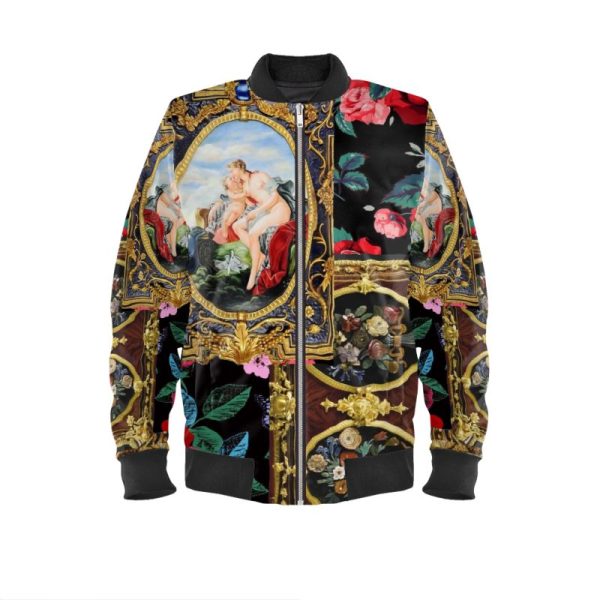 Satin Designer Bomber Jacket$448
Satin Designer Bomber Jacket$448 -
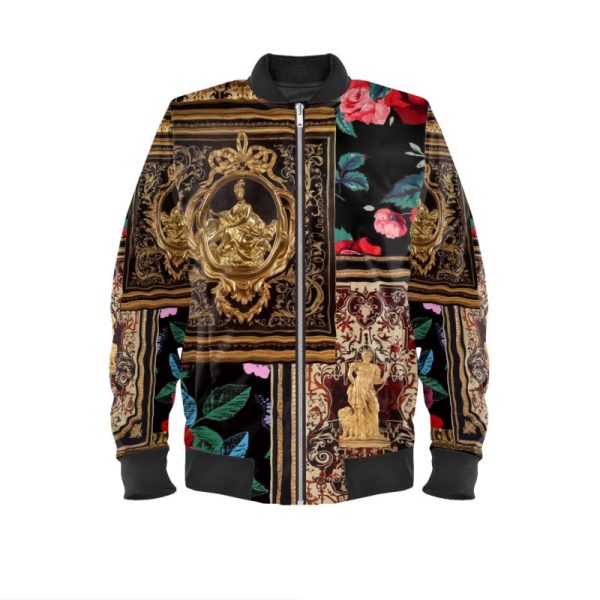 Satin Designer Bomber Jacket$448
Satin Designer Bomber Jacket$448 -
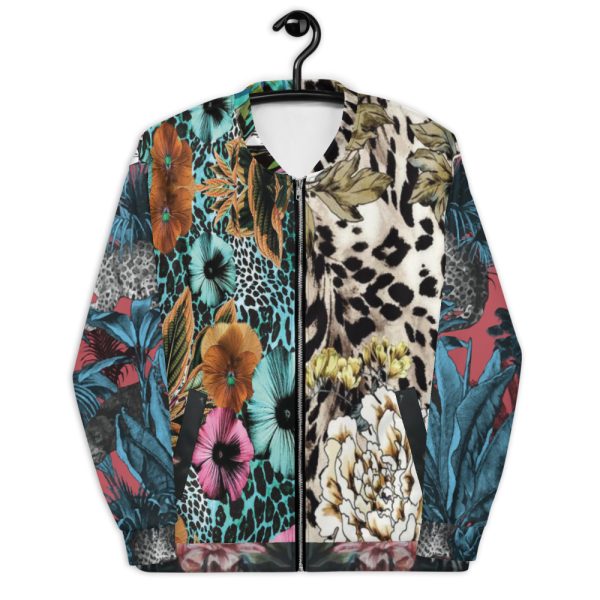 Bomber Jacket | Designer Luxury For Women & Men | Navy Blue Floral Red Turquoise$158
Bomber Jacket | Designer Luxury For Women & Men | Navy Blue Floral Red Turquoise$158 -
 Bomber Jacket | Designer Luxury For Women & Men | White Gold$158
Bomber Jacket | Designer Luxury For Women & Men | White Gold$158 -
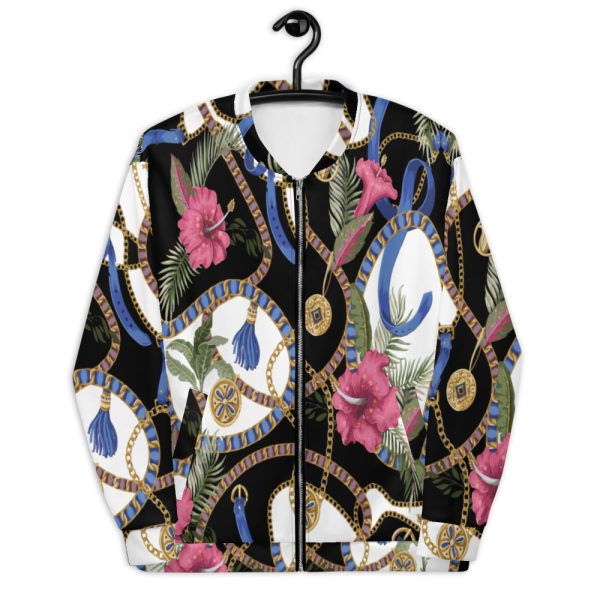 Bomber Jacket | Designer Luxury For Women & Men | Floral White Black$158
Bomber Jacket | Designer Luxury For Women & Men | Floral White Black$158 -
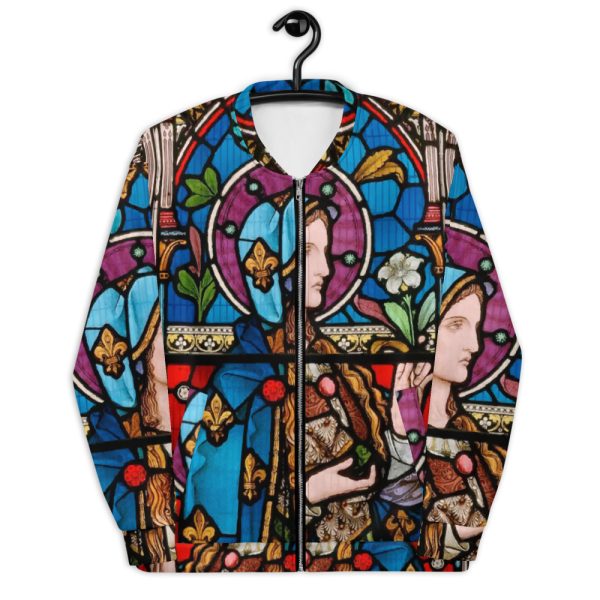 Bomber Jacket | Designer Luxury For Women & Men | Blue Purple Gold$158
Bomber Jacket | Designer Luxury For Women & Men | Blue Purple Gold$158 -
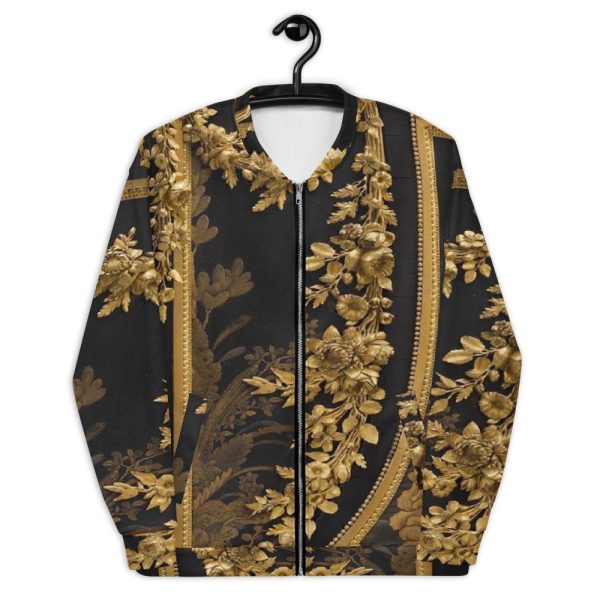 Bomber Jacket | Designer Luxury For Men & Women | Black Gold Baroque$158
Bomber Jacket | Designer Luxury For Men & Women | Black Gold Baroque$158 -
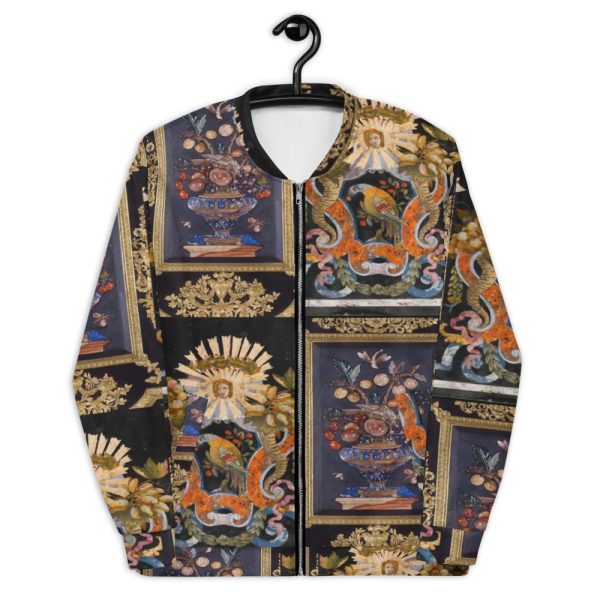 Bomber Jacket | Designer Luxury For Women & Men | Black Gold$158
Bomber Jacket | Designer Luxury For Women & Men | Black Gold$158 -
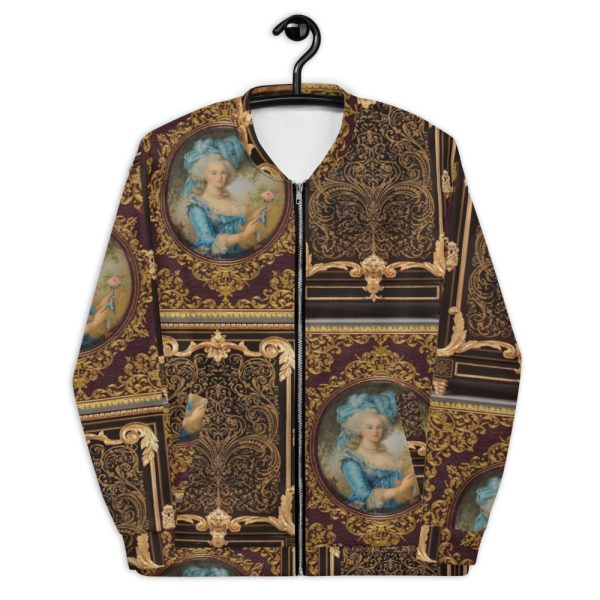 Bomber Jacket | Designer Luxury For Women & Men | Gold$158
Bomber Jacket | Designer Luxury For Women & Men | Gold$158